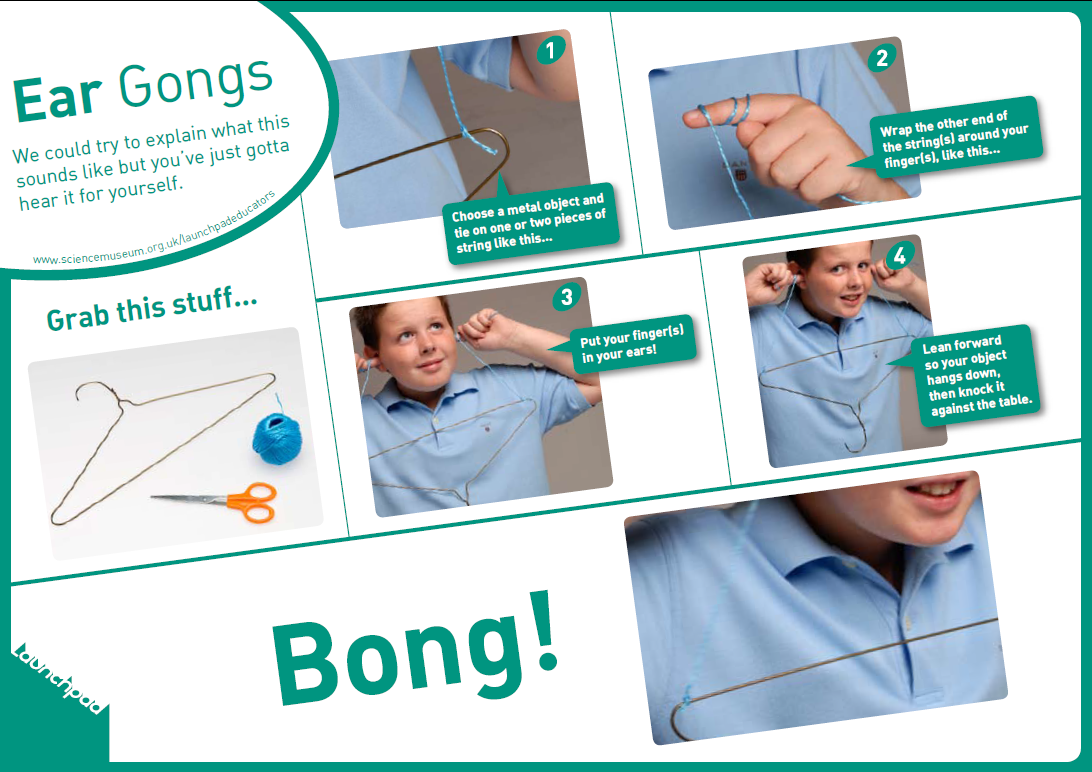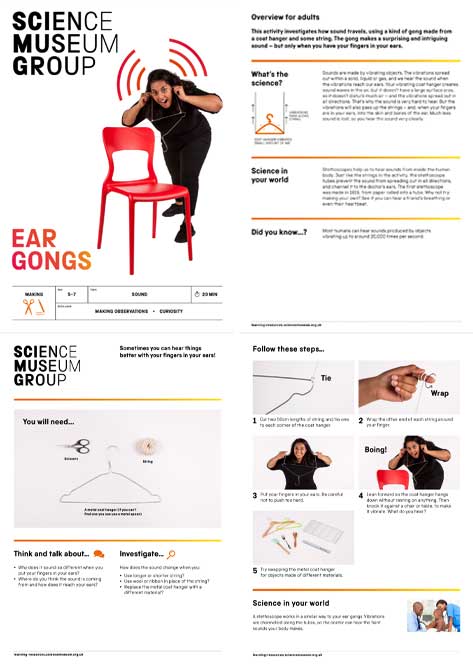Updating our downloadable hands-on resources was an exciting and proud moment for our team, but not without a sense of relief at the end of a sometimes challenging development process.
We have had hands-on activities as part of our core learning offer for many years, encouraging visitors to get hands-on and creative with science in their homes and schools. However, we were aware that these older resources – though classics – needed updating, especially in light of science capital research.
We began by weeding out the activities that didn’t work as well as we would like, were overly complex or required specialist equipment. We then started to analyse the resources we had left to ensure the content was clear and that they incorporated the principles of science capital by:
- Building on existing science knowledge and skills.
- Connecting with people using science in their everyday lives.
- Showing the everyday relevance of science.
- Encouraging science discussion and investigation.
Using the science capital auditing tool, we identified elements of our older resources that worked well and areas that needed improvement. Let’s take one of our classic resources, Ear Gongs, as an example:

There were many positive elements that we wanted to keep:
- Clear, step-by-step, photo instructions.
- A visually striking design that is suitable for black and white photocopying.
- Simple, easily obtainable materials.
- Short, concise text that is easy to read and understand.
However, there were also aspects that needed improvement:
- The supporting information was lengthy and had a very prescriptive ‘lesson plan’ style.
- Opportunities for discussion or further investigation were not clear.
- The everyday relevance of the science in the activities did not always come through.
We also wanted to extend the audience for the resources from exclusively teachers to include families. The science capital research has shown us that talking about and doing science outside of school enhances a young person’s engagement with science and whether they see it as something for them.
So, we gradually built a template for a new style of resource, combining the elements we wanted to keep while allowing for a more accessible and effective learning resource. Here’s the new and improved Ear Gongs:

The core elements of our template included:
- A visually striking cover page which looks inviting, fun and highlights skills that the activity promotes
- A reference page for adults with bite-sized, digestible information about the science principles and everyday life links connected to the activity
- An easy to follow set of photo instructions with clear, uncluttered images
- Simple challenges and discussions to try, encouraging science talk and the use of skills such as observation, creativity and curiosity.
- A link to everyday life with an image that people would recognise
Looking back we have come a long way in improving our downloadable activities. However these resources are only one component within a larger network of activity that will improve our visitors’ experience and work towards embedding science capital principles.